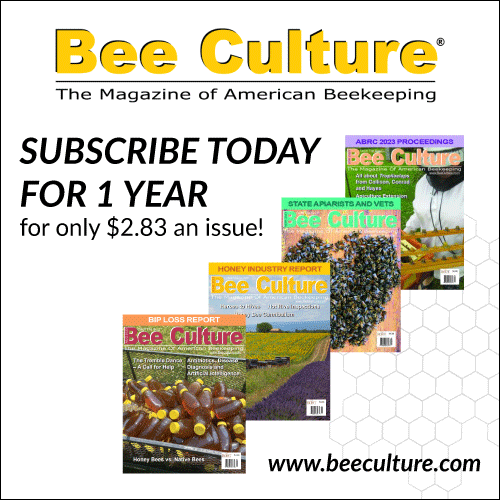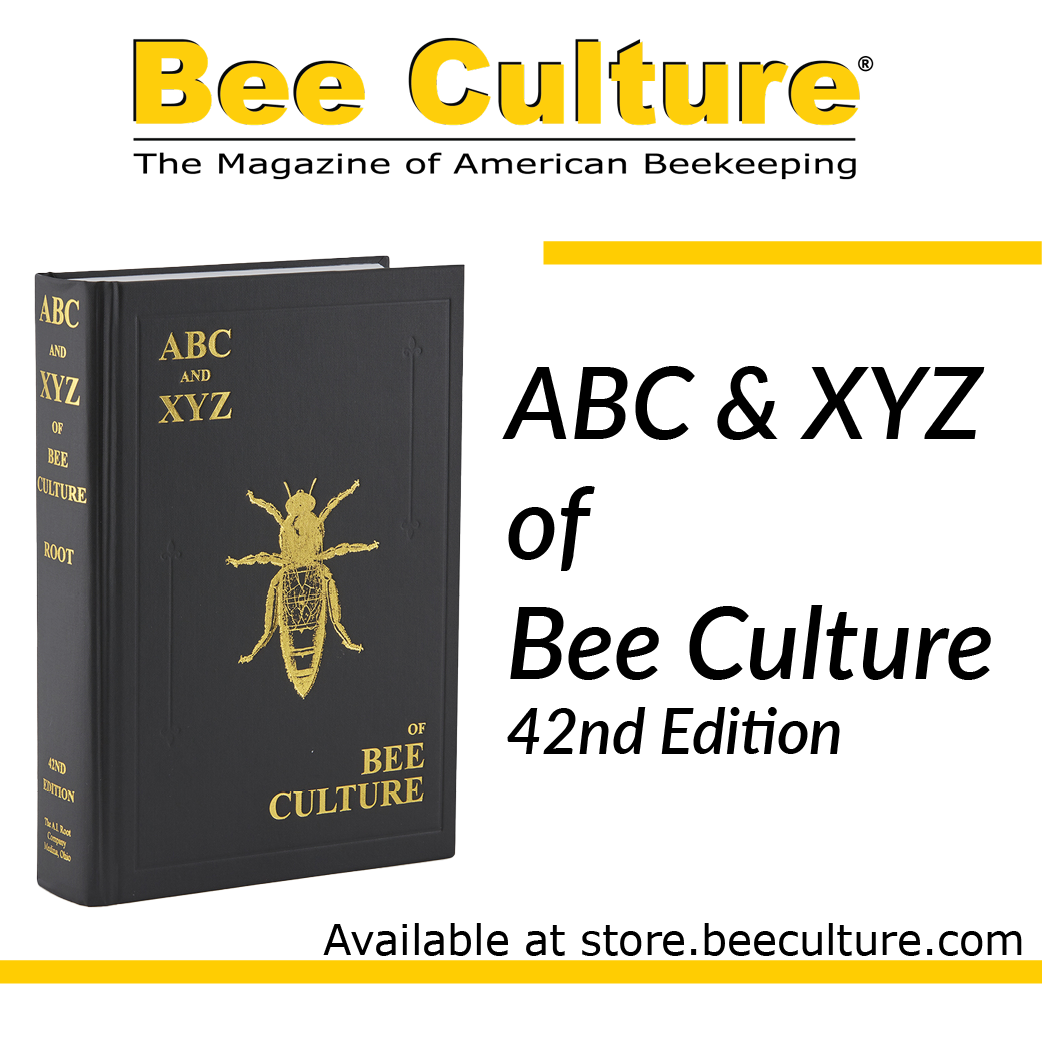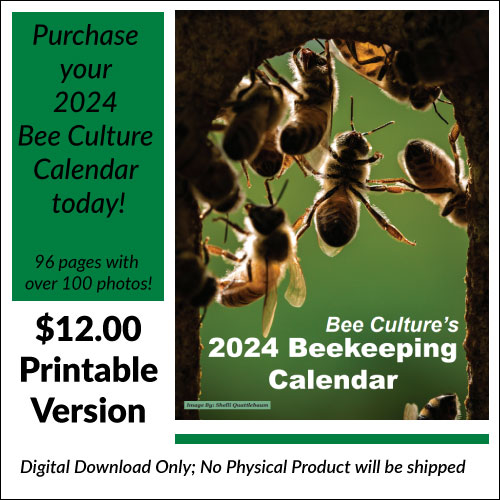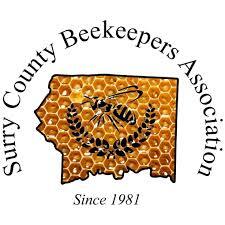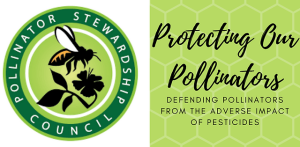Enhancing Cropping System Sustainability Through New Crops and Management Strategies Using cash cover crops to provide pollinator provisions in the Upper Midwest
Publication Date: November 5, 2014
Authors: Eberle, C.A., Forcella, F., Lundgren, J.G., Nemec, K.T., Gesch, R.W., Riedell, W.E., Papiernik, S.K., Thom, M.D. 2014. Using cash cover crops to provide pollinator provisions in the Upper Midwest [abstract]. ASA-CSSA-SSSA Annual Meeting Abstracts.
Technical Abstract: To date, the use of winter cover crops in MN and SD has been slow to be adopted. The short growing season and potential for late, wet springs make cover crops risky to farmers with little economic return. The use of cash cover crops in this area offers the standard advantages of other cover crops, with the added benefit of harvesting a cash seed crop in early summer. Three cash cover crops (winter camelina, winter canola, and pennycress) were grown in Morris, MN, and Brookings, SD, during the winters of 2012-2013 and 2013-2014. These crops were evaluated for yield, double cropping potential, and pollinator use. We found that winter camelina had the most consistent growth, highest winter survival, and highest yield production of the three crops. Double cropping corn or soybean after winter camelina also produced the highest combined yields of the three cover crops with either late planted corn or soybean. All three cover crops had high insect visitation during their anthesis periods. Pennycress attracted mainly flies, while winter camelina and winter canola attracted both flies and bees. All three crops provide an important forage resource to pollinators during early spring when there is little else on the agricultural landscape that is blooming.
Johathan Lundgren was a speaker at both the AHPA and ABF meeting in California this month.
His Focus is increasing biodiversity in agricultural systems.


